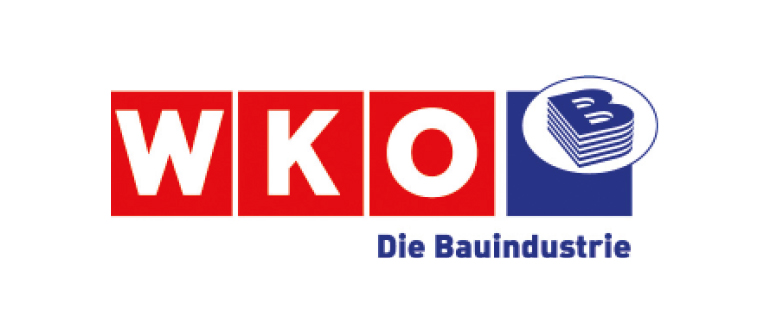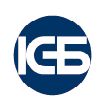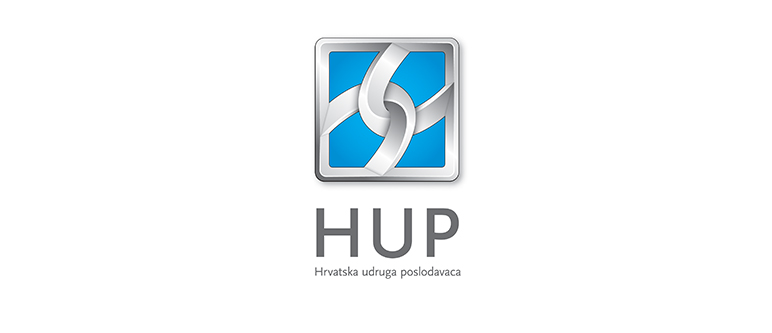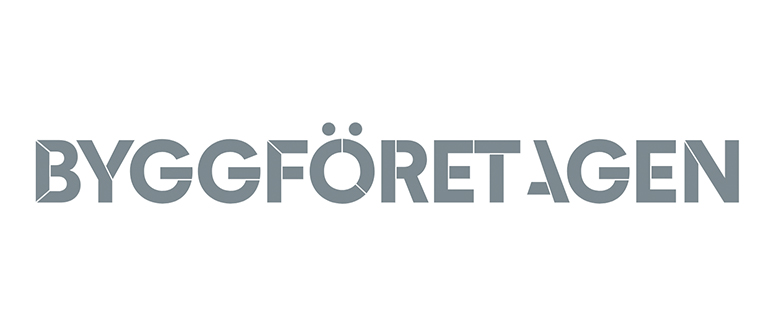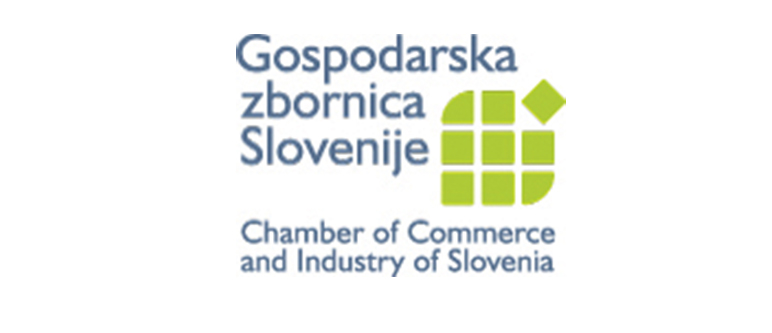Overall construction activity
Ireland’s economy has remained resilient despite the level of global uncertainty that has existed in recent years. Employment levels are at an all-time high, though labour and skills shortages exist across many sectors, including construction. Direct construction employment stands at 161,300 persons at the end of 2023. It is important to note that an increasing share of construction related employment is potentially captured by the manufacturing (off-site)data. Adopting, investing in, and engaging with MMC and OSM can help address the labour and demographic challenges facing the sector.
The pace of Ireland’s economic recovery means that lack of supply – of labour, housing, and infrastructure – is the binding constraint on Ireland’s growth at present. Private consumption and total investment are forecast to weaken over the medium term, which precipitates pressure on existing services and infrastructure.Investment momentum in infrastructure must be continued for economic growth to be sustained.
Gross Value Added in construction was €11.7 billion in 2023, bringing the sector back in line with its pre-pandemic trend. Gross Fixed Capital Formation reached €31.5 billion in current prices in 2023. Overall construction investment in Ireland increased by 3.2% in 2023 and is forecast to increase by 4.4% in 2024 and 2.2% in 2025.
The Irish construction forecast is in direct contrast to the wider European trend where construction activity is forecast to fall in 2023 and 2024 by -1.7% and -2.1% respectively on account of a range of influences – some sector specific and some geopolitical and economic.
Ireland’s cities, provincial towns and regional communities require Irish construction companies to deliver billions of investments in critical infrastructure under the National Development Plan to drive economic growth.
Unprecedented demographic growth and an ageing population will mean that Ireland’s demand for investment in critical infrastructure will reach beyond the existing capital ceilings, especially in housing and health.
Coordinated public policy in partnership with industry has the potential to address competing environmental, social, and economic demands for the betterment of all present and future stakeholders in Irish society.
Housebuilding
One of the most significant challenges facing Ireland is the adequate supply of new homes. On the residential side, there were 32,695 new dwelling completions in the whole of 2023, an increase of 10.0% from 2022. 32,801units were commenced in 2023, an increase of 21.6% on 2022. Investment in residential construction is forecast to grow by 6% in 2024.
National housing targets are not sufficient to meet the evolving needs of our current and future population. At a minimum, Irish society needs the construction industry to deliver 50,000+ housing units annually from now until 2050.
With demand for housing far outstripping supply, and significant population growth seen during the intercensal period, the CIF is increasingly of the opinion that national housing targets are falling short.
The CIF submission to the Department of Housing, Local Government and Heritage on the Review of the First Revision of the National Planning Framework (October 2023) highlighted the need for compact growth targets to be more clearly defined and ambitious and that the shortfall between existing plans must be addressed. There must be enough zoned land for development in areas where demand for new homes has grown.
The construction of new homes depends on:
The revision of the National Planning Framework is critical to ensure there is a sufficient supply and servicing of zoned lands in areas that have seen significant increases in population. Reform must be introduced so that all state actors are aligned to ensure that lands zoned are serviced or capable of being serviced.
Non-residential construction
On the non-residential side, activity has not yet returned to pre-pandemic levels. The latest National Accounts data for 2023 points to a slowdown in 2023 year-on-year.
Increases in office vacancy space in Dublin, along with tighter financial conditions, have resulted in a downward revision to non-residential investment over 2023 and 2024.
The seasonally adjusted volume index for the Non-Residential Building sector declined by 8.0% between Q3 2023 and Q4 2023.
However, the sector will be in a period of expansion in 2024. The forecast for non-residential building and construction is for a 2.9% growth in 2023, 2.6% growth in 2024 followed by a -0.1% decline in 2025.
These projections are also contingent on a pick-up in civil infrastructure projects forthcoming under the NDP.
GDP 2023
BILLION
POPULATION 2023
Total investment in construction in 2023
BILLION
Civil engineering
The civil engineering sector will continue to be the backbone of the wider construction sector as it is typically less prone to market fluctuations. There was growth of 2.4% estimated in 2023, while growth of 5.3% is forecast in 2024, and 4.6% in 2025 and 2026.
With €12.8 billion in capital expenditure planned in 2024, supplemented by an extra €2.25 billion over the period 2024 to 2026 from windfall receipts, it is intended that additional funding will be targeted at capital projects that are ready for development.
A significant deficit in regional infrastructure from water to wastewater services, and from roads to rail, is impacting the ability of the regions to grow and become an economic counterbalance to Dublin, as envisaged by the National Planning Framework. A modern, dynamic, and competitive economy needs a plan led approach to infrastructure.
It is essential to Ireland’s success that energy, water, broadband, public transport, schools, hospitals, ports and roads infrastructure, through effective and efficient planning, are provided in a balanced but targeted regional basis, and under-pinned by a delivery model that is built on the principle of putting the necessary infrastructure in first.
The civil engineering sector is depending on accelerating the delivery of NDP projects. The industry can meet increased investment capacity. A recent CIF survey of its members show that 72% of them either do not tender for public works or engage a very low level with it. The industry will respond if the Government commits to accelerating investment in the industry. The data shows this to be the case, for example, since 2011 non-residential industry output has increased by 98% in productive value and 60% by volume. Between 2020 (pre-Covid) and 2023, employment has risen by 18%.
Capacity constraints exist across Local Authorities, Regional Authorities and An Bord Pleanála – essential actors in the delivery of infrastructure. Planning at the local and regional level has a considerable impact on the progress of infrastructure plans.
The contracting environment has also given rise to a reduced appetite for involvement in public procurement and an adversarial nature which forces contractors to focus on contract management rather than project delivery.
Counter cyclical investment, the National Development Plan, procurement reform and the ongoing planning and design of critical infrastructure is essential to building a strong visible pipeline of work for the industry. This creates confidence in the future and certainty, which are critical factors supporting construction companies to invest in their people, technology, and processes.
Prices of construction materials
Material and supply chain issues will continue to impact the competitiveness of the construction sector in Ireland in 2024. Public investment under the National Development Plan remains an important stabiliser for construction demand and employment.
While underlying inflationary pressures are beginning to ease, the primary factor driving inflation is expected to be the strength of the domestic economy and its associated capacity constraints.
The duration of inflation and high interest rates remains somewhat uncertain. Slower economic growth and diverging levels of inflation across European Member States will remain for the foreseeable.
Wholesale Prices for construction products decreased by 0.3% over 12 months to end March 2024.
Significant increases and decreases include:
Stone, Sand & Gravel: 12.5%
Rough Timber (Hardwood): 8.1%
Ready Mixed Mortar & Concrete: 7.2%
Other Treated Timber: -31.6%
Reinforcing Metal: -21.7%
Bituminous Emulsions: -13.5%
Per cent variation of investment in real terms of previous year
Number of building permits in residential construction







